Field 2018
Light
Light is used as a fundamental aspect of art a design. There are many ideas about light is in the modern world. Light is defined as a natural agent that stimulates sight and makes things visible. Light its self is a form of electromagnetic radiation. Energy can exist in many different forms (heat, sound, light, etc), so light is energy.
Light has a spectrum of various colours and hues different kinds of lighting can changes the way something looks.
Light can be explored through colour and how it travels.
Light in harmony with nature is a common occurrence in art, but also brings to question ideas about the effects of light pollution.
Organisation and pattern is important when it comes to lighting especially in areas such as interiors and architecture.
Light can be used in various ways including abstraction and scenery.
Part 1- Smart Lights
The first part of our collaborate module is about making a light. This is a project that we could do by ourselves, but I choose to do it with another. To start the project, we decided to brainstorm some initial ideas that we thought would be beneficial to everyday lives.
We decided to go with the “tea light” this was after we found a paper by Jim Taylor Ph.D. The essay speaks about how an increase in technology in the home is leading to a lack of social interaction between the family. The idea of the light is that it uses smart technology to communitcate between lamps placed throughout the house to encourage people to come together and have a couple of tea, this worked by having a heat sensor in the kettle that would turn the lights on. We did also explore the other ideas that we had.
Paper by Jim Taylor Ph.D-
https://www.psychologytoday.com/us/blog/the-power-prime/201303/is-technology-creating-family-divide

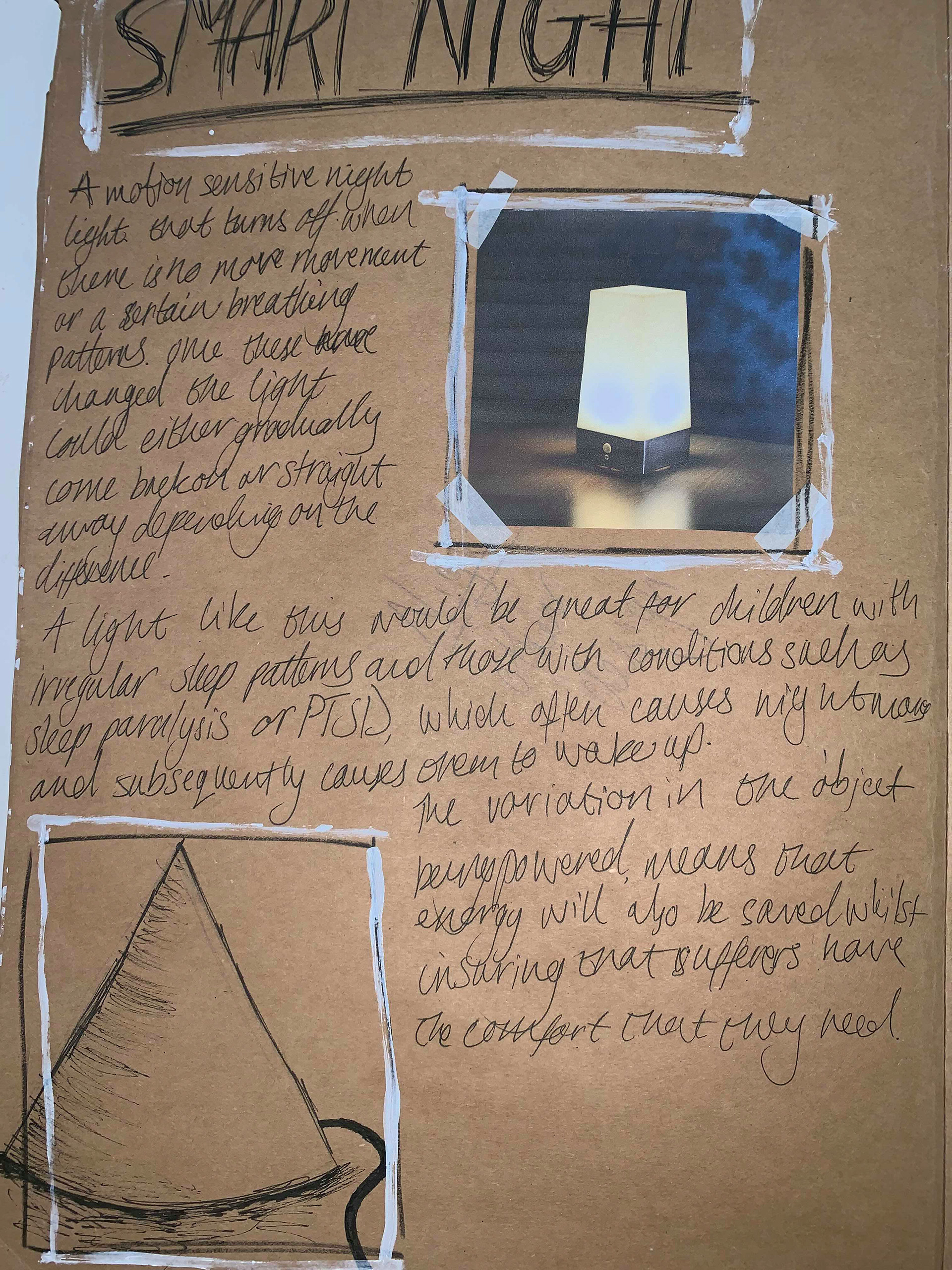
We had to make our light from minimal materials in a relatively short space of time. Our allowed materials were tracing paper, the light bulbs and components, and another material of our choice. Our design was one that was made of ceramic and tracing paper. The light was a cup shape that had the tracing paper in the centre; this would create a softer glow than the initial bare light would.

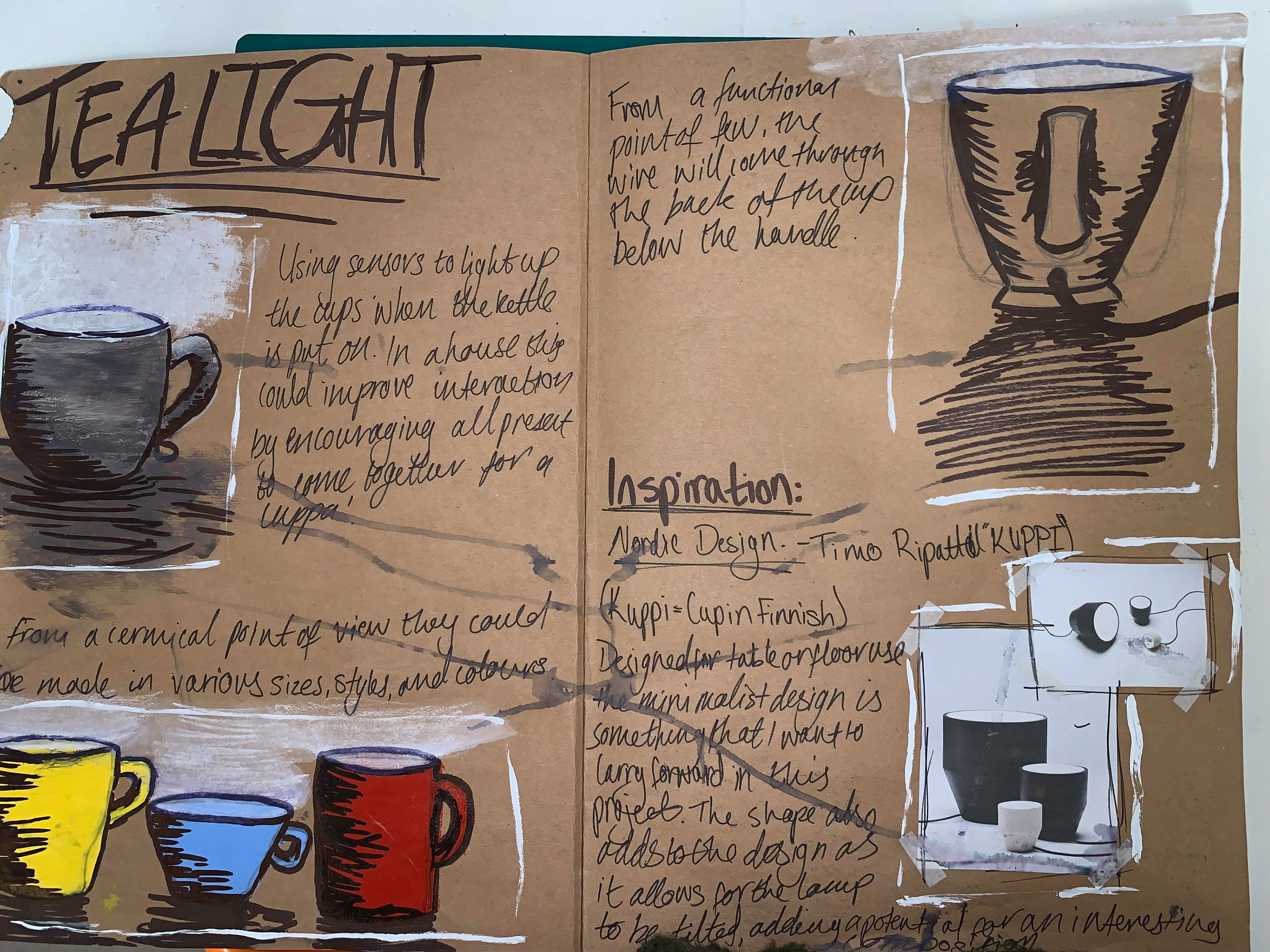
We decided to make the other material ceramic using the slip casting method. We knew that we would have to be very careful with the timings of the casting in relation to how long we had. The first cast we did didn’t work, this meant that we had to redo the cast, but, this also meant that we found another mould that gives an idea of how it could look/vary of a viable product.
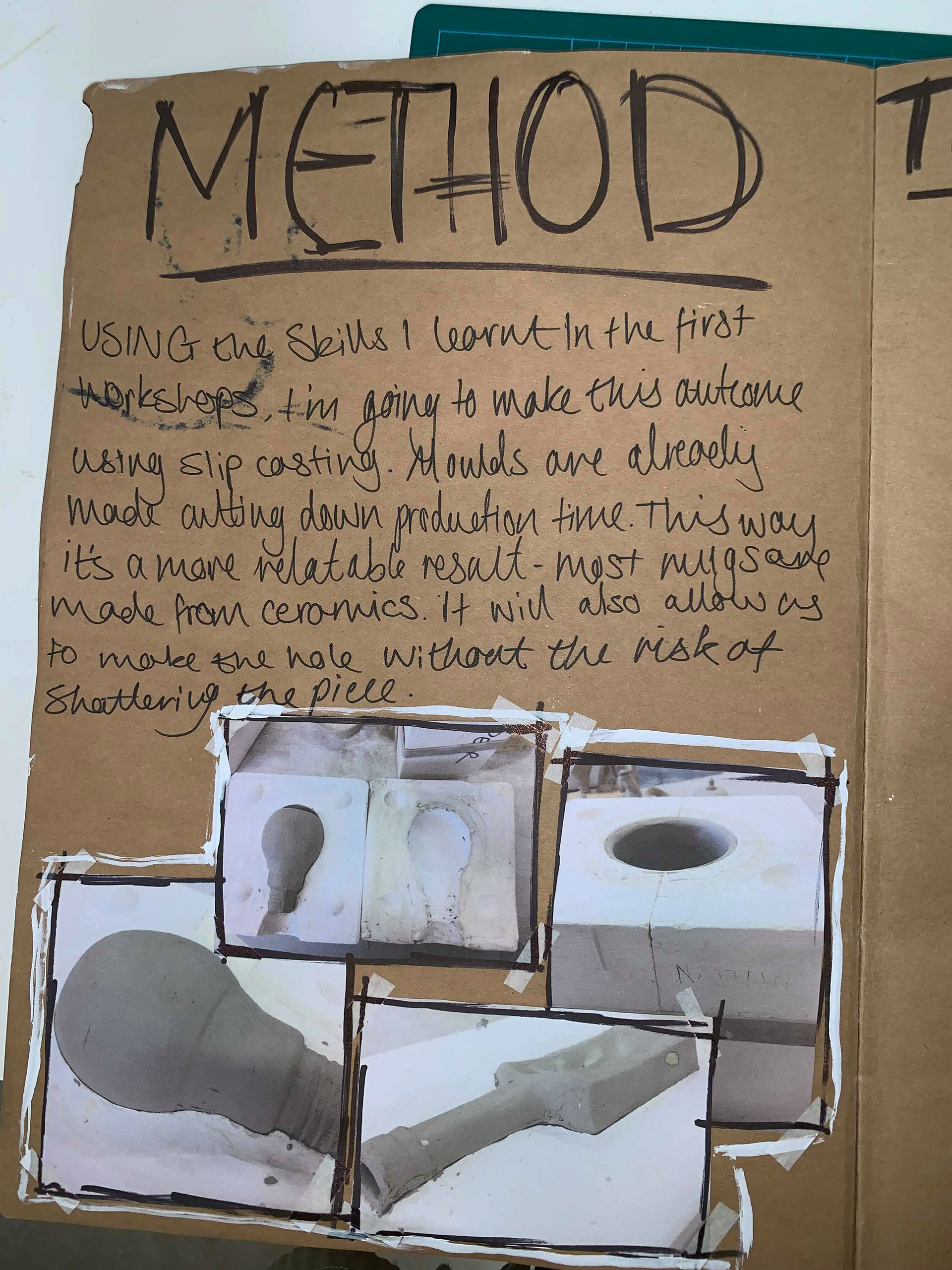

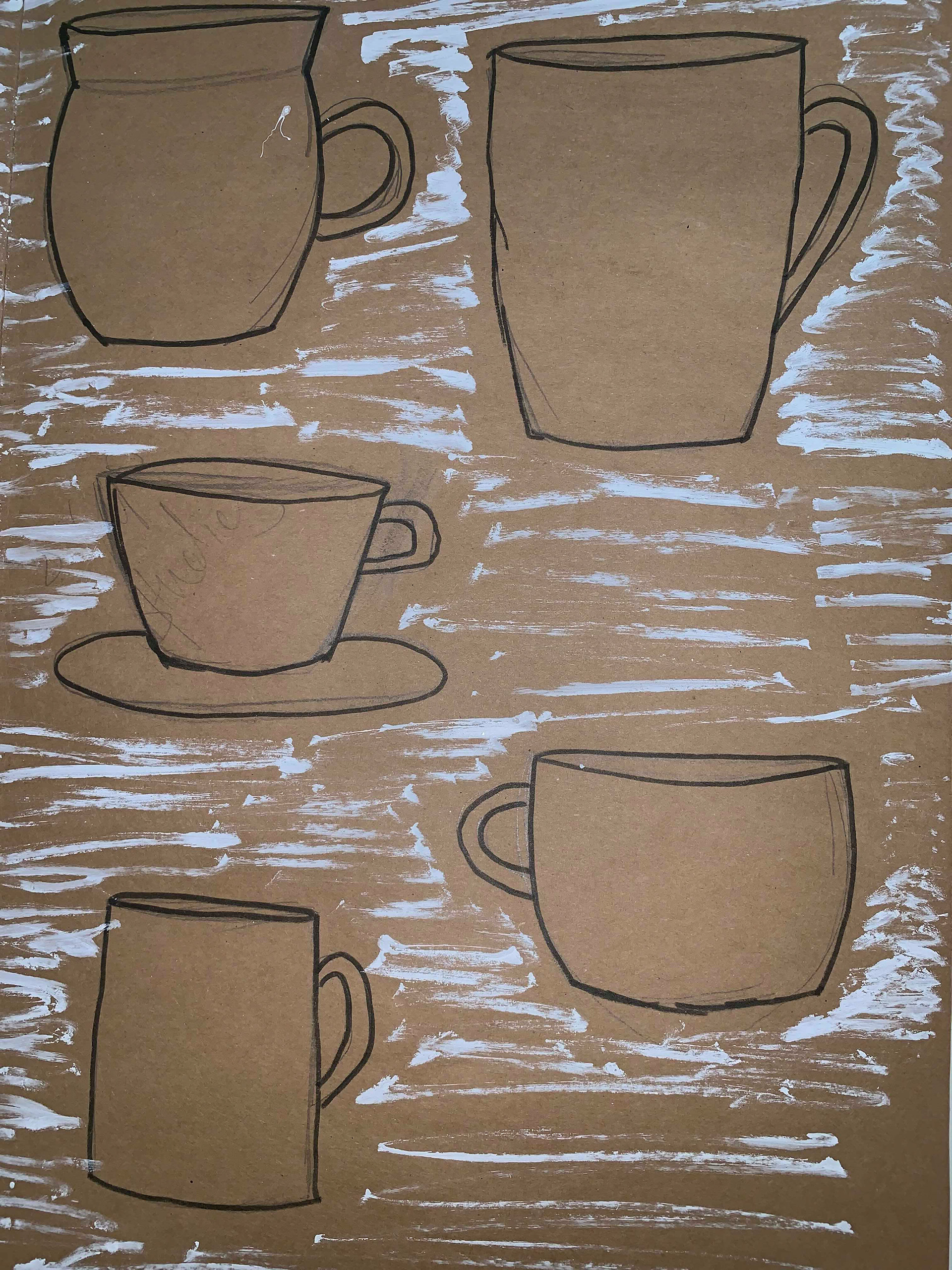
As slip casting is a method that can be used for mass product, we thought that this would also make it easier to have a variety of shapes and glazes that would give the product a more personal and integrated design in the home.
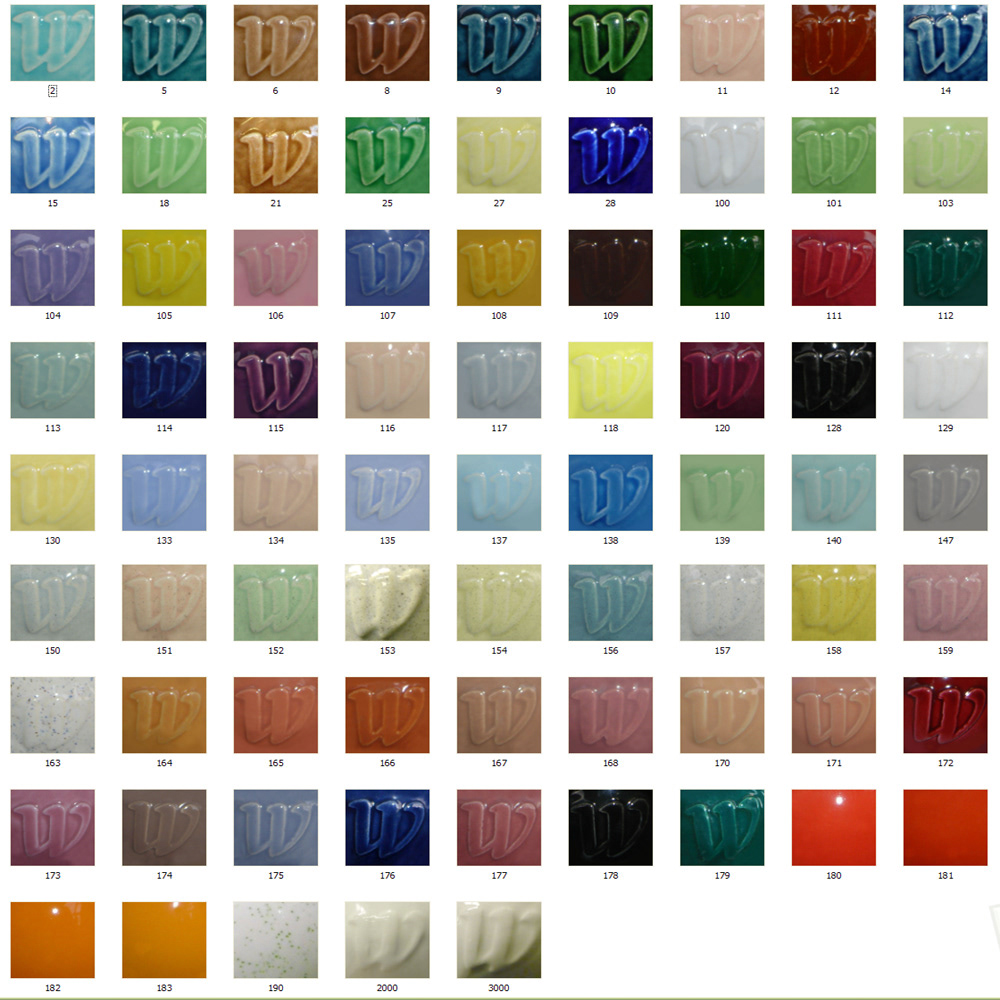
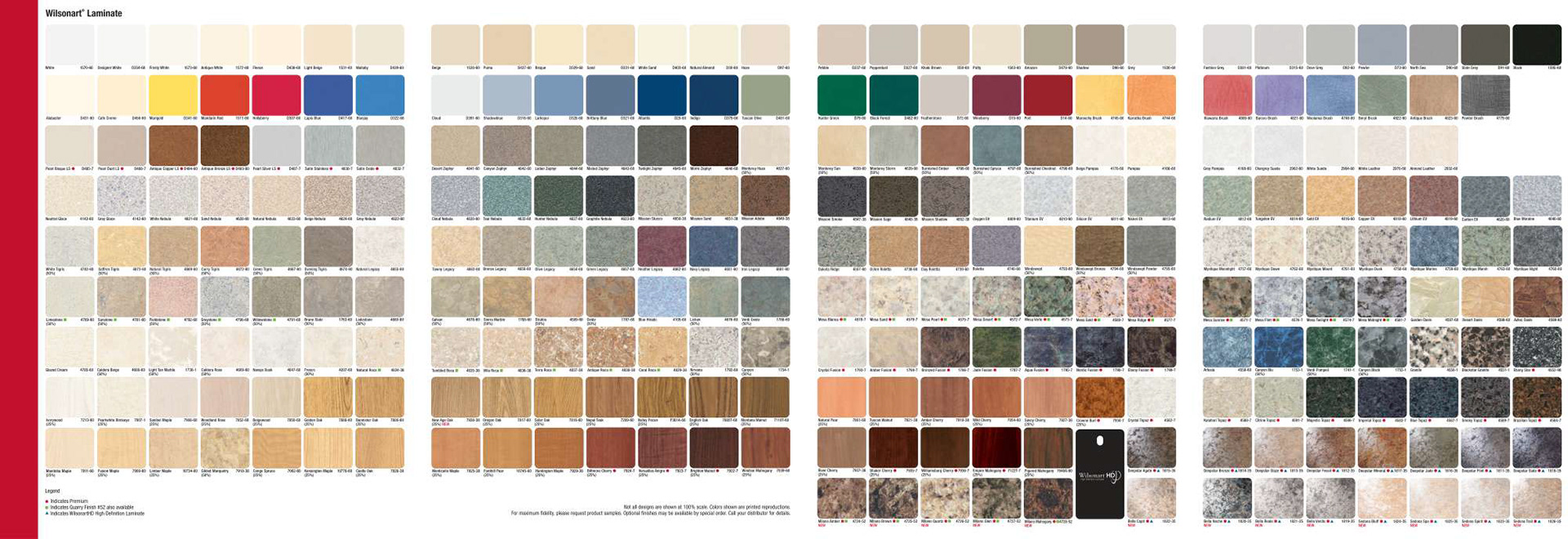
ceramic glaze examples
Given the time frame we didn't have time to glaze our pieces.
Overall, the actual lights worked and had an effective glow, the different sizes and shapes of the mugs showed what we meant, however, the one thing that would’ve made this better would be a glazed finish and some swatches. If we had more time, we would’ve also made more cups that varied in size and style
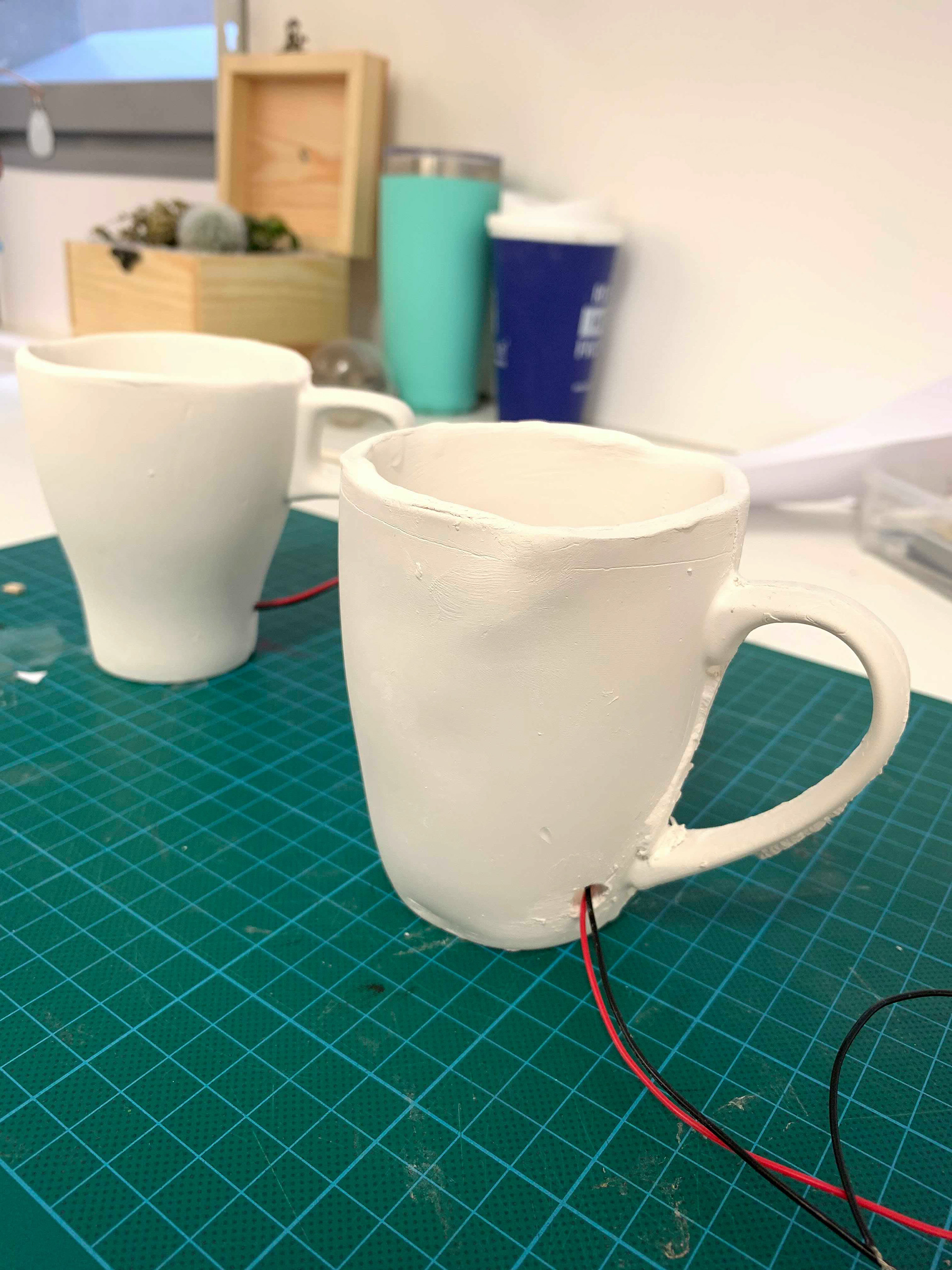

The other outcome for this was a design sheet that depicts the design and applications, alongside the inspiration.
Part 2- collaboration
Rotation 1: Interior/Architecture
The brief from this rotation was to explore elements of interior design, specifically Object, Space, and Experience. The definition of these terms in relation to interiors are:
• Object: Every single component that you can influence.
• Space: The arrangement of the Objects in Space.
• Experience: How the Place makes you feel.
The words that my group had were Enchanted and Banal. We start by explore what our ideas were about the themes.
We planned out an idea of what could be done with the themes and then sketched out a few visualizations.
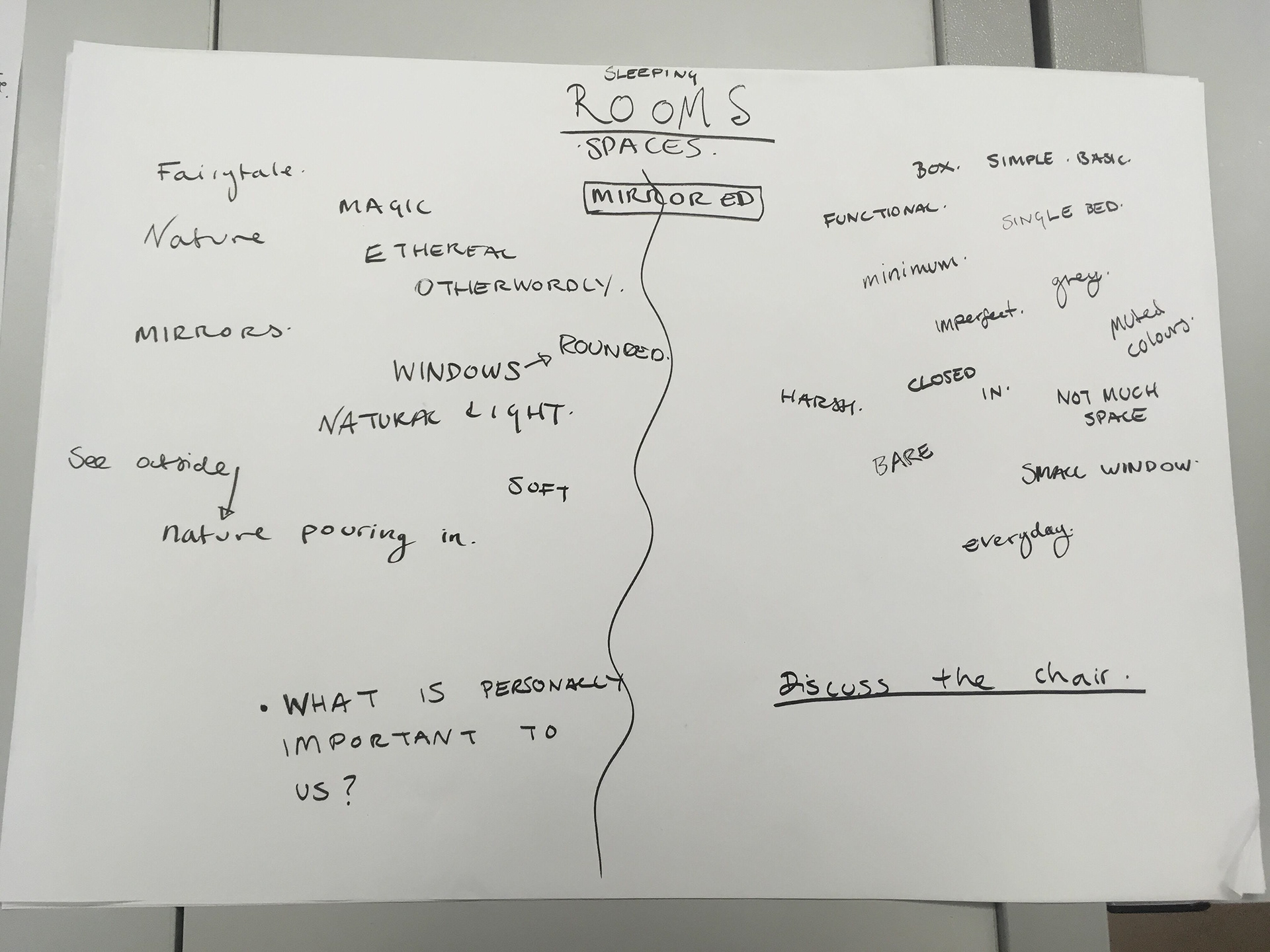

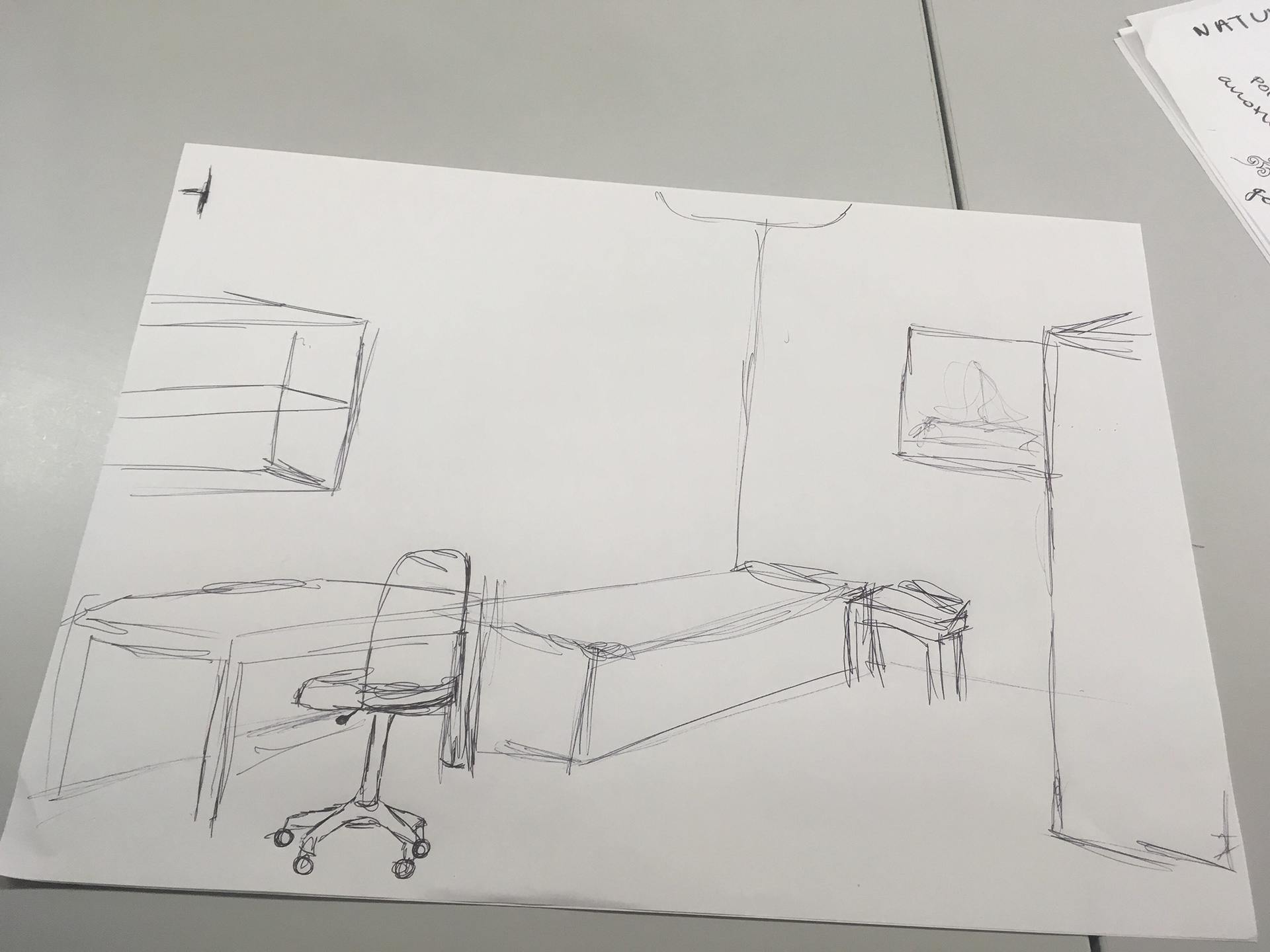
The design for the banal was taken from a basic student accommodation and also the experiences of one member of my group when he attended boarding school. Making it easy to translate into a photoshop file.
When it came to the enchanting piece it was difficult to communicate what we were all thinking. In the end we all managed to get a few of our ideas into the final composition.
Rotation 2: ceramics
The second rotation in this module was ceramics. Within our groups we had to explore the effect of light and the shadows that it produces. To start we had to collect images that show interesting/ unusual shapes and shadows.


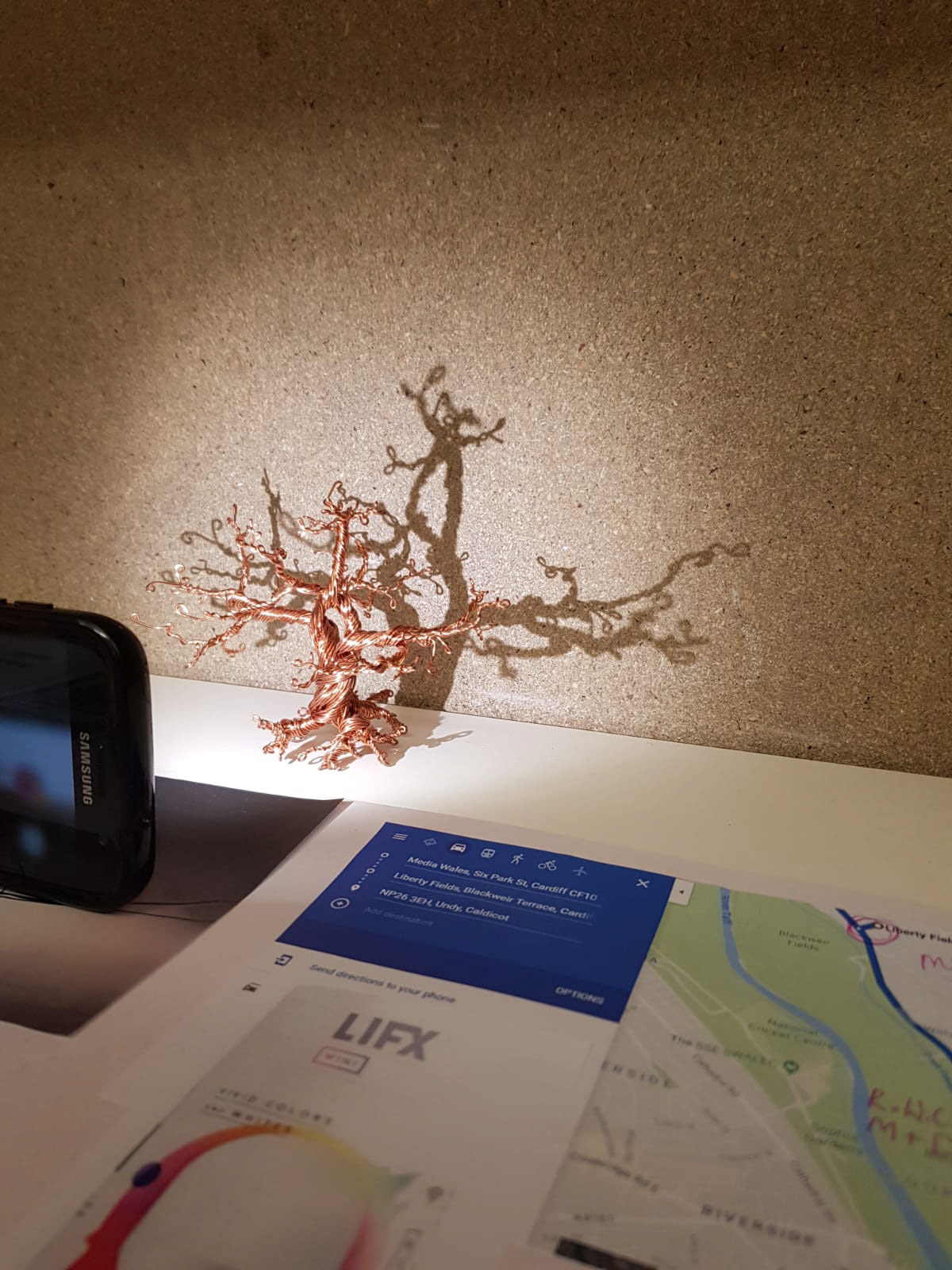
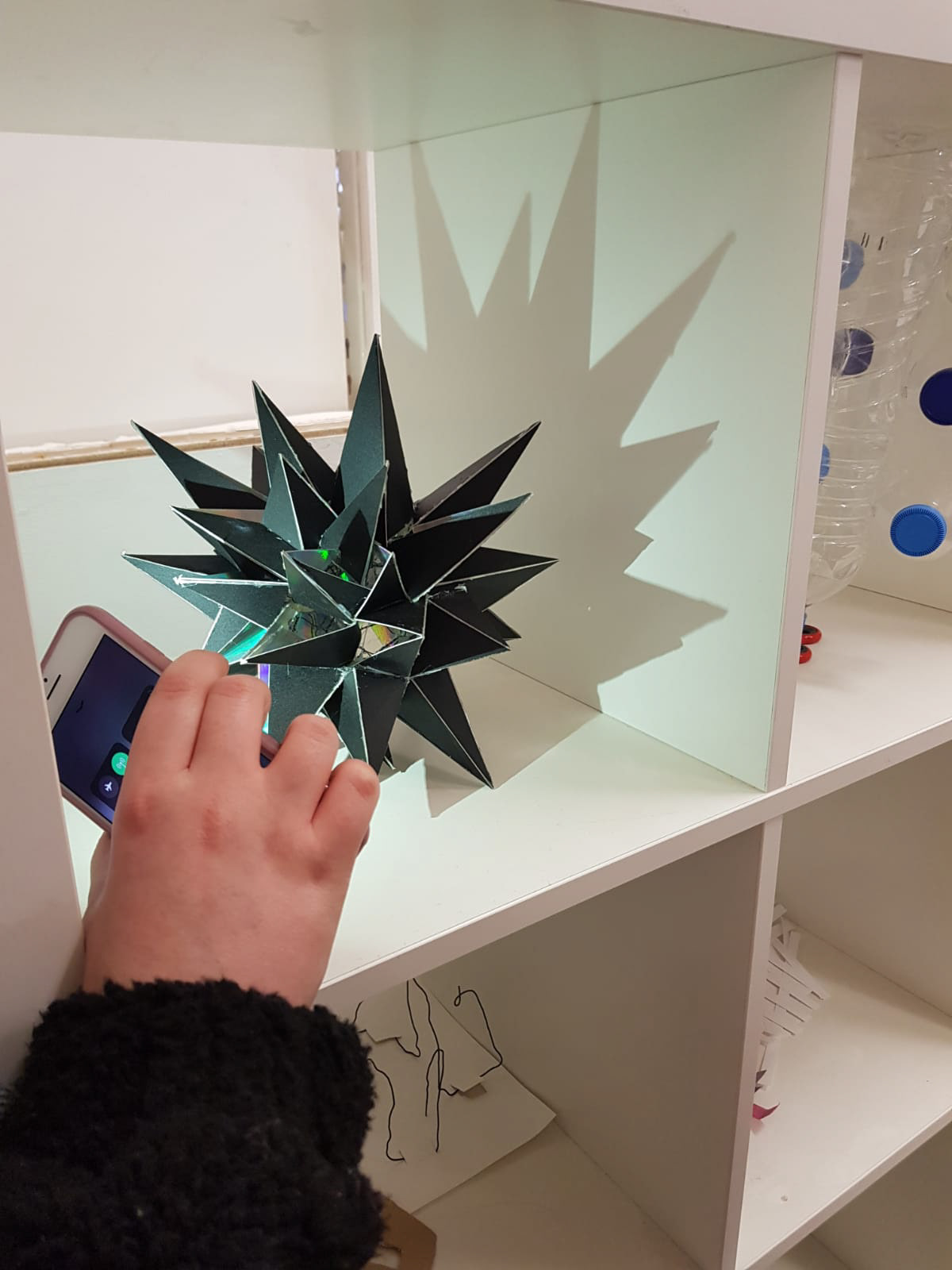

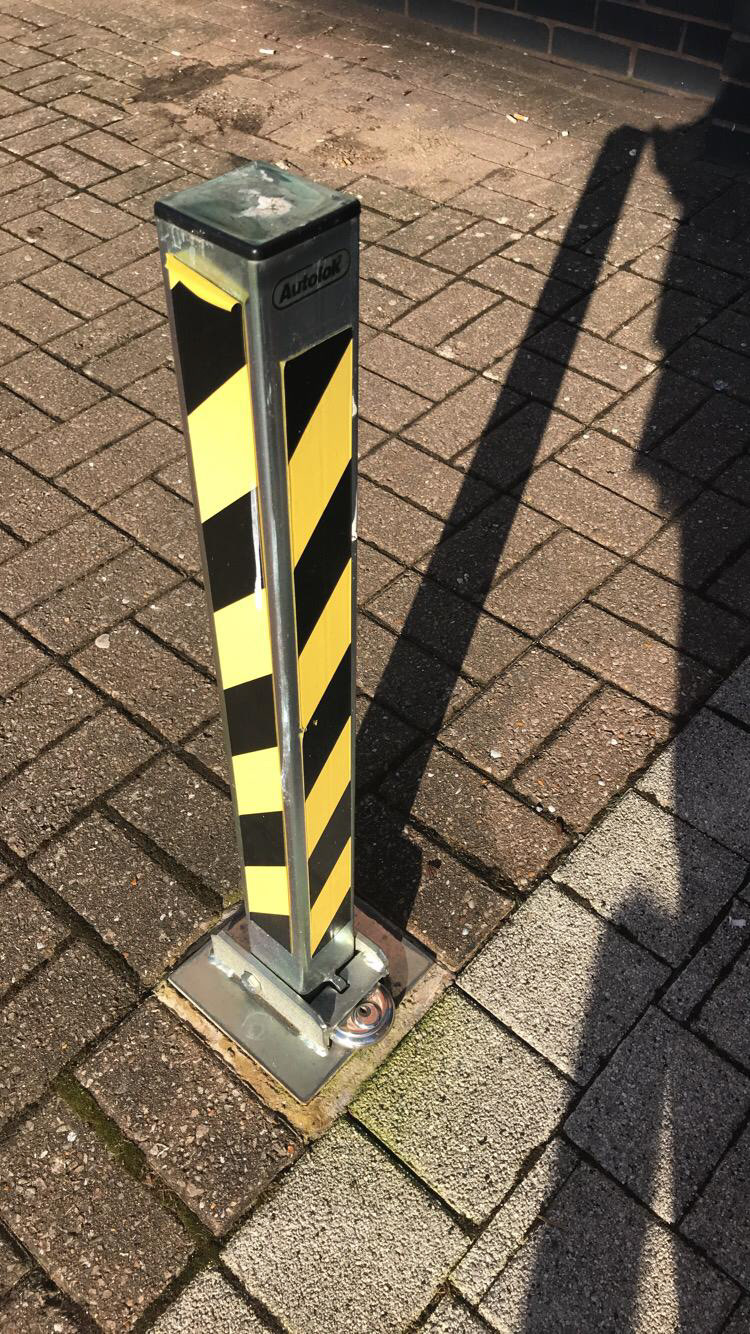
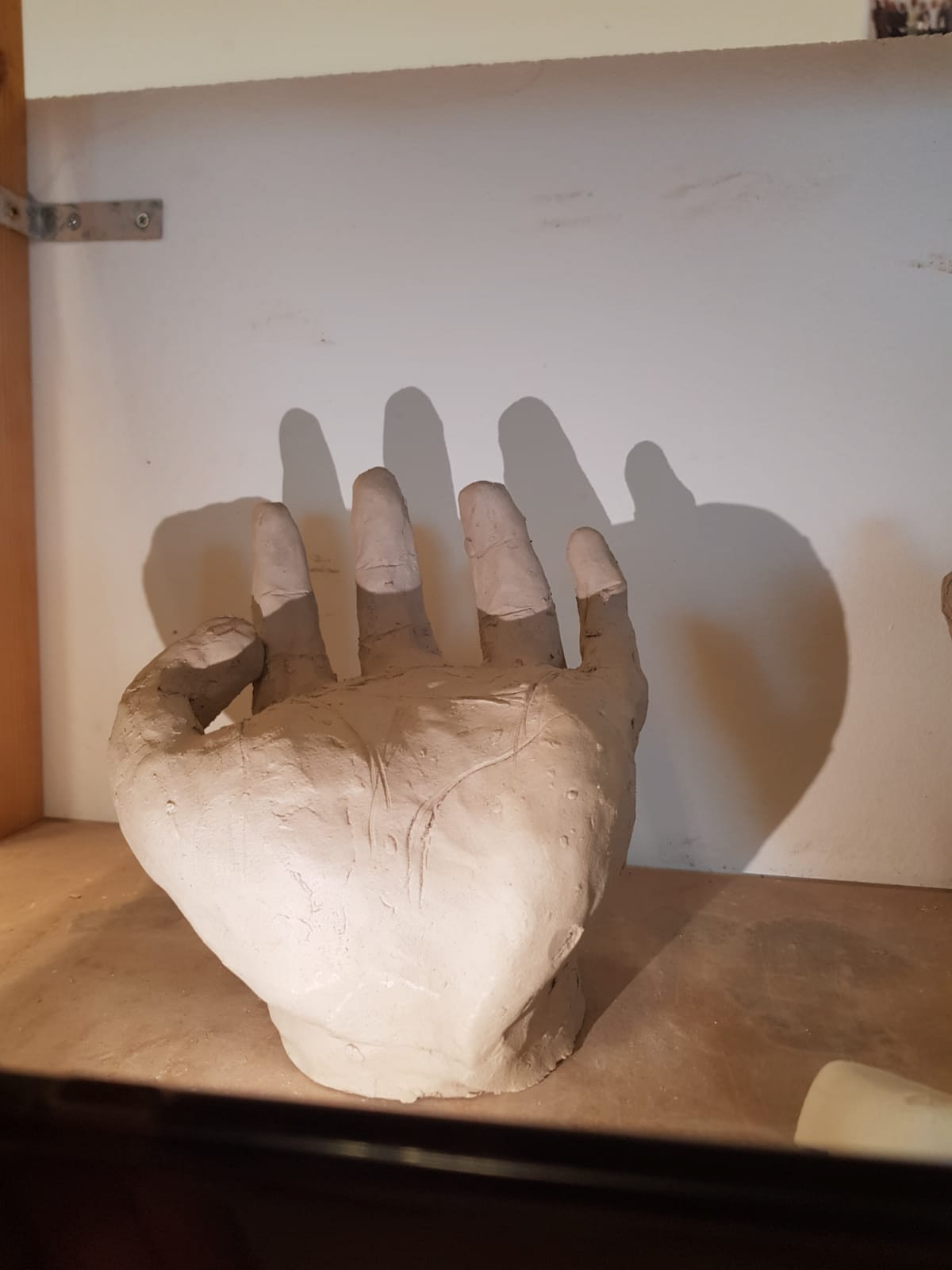
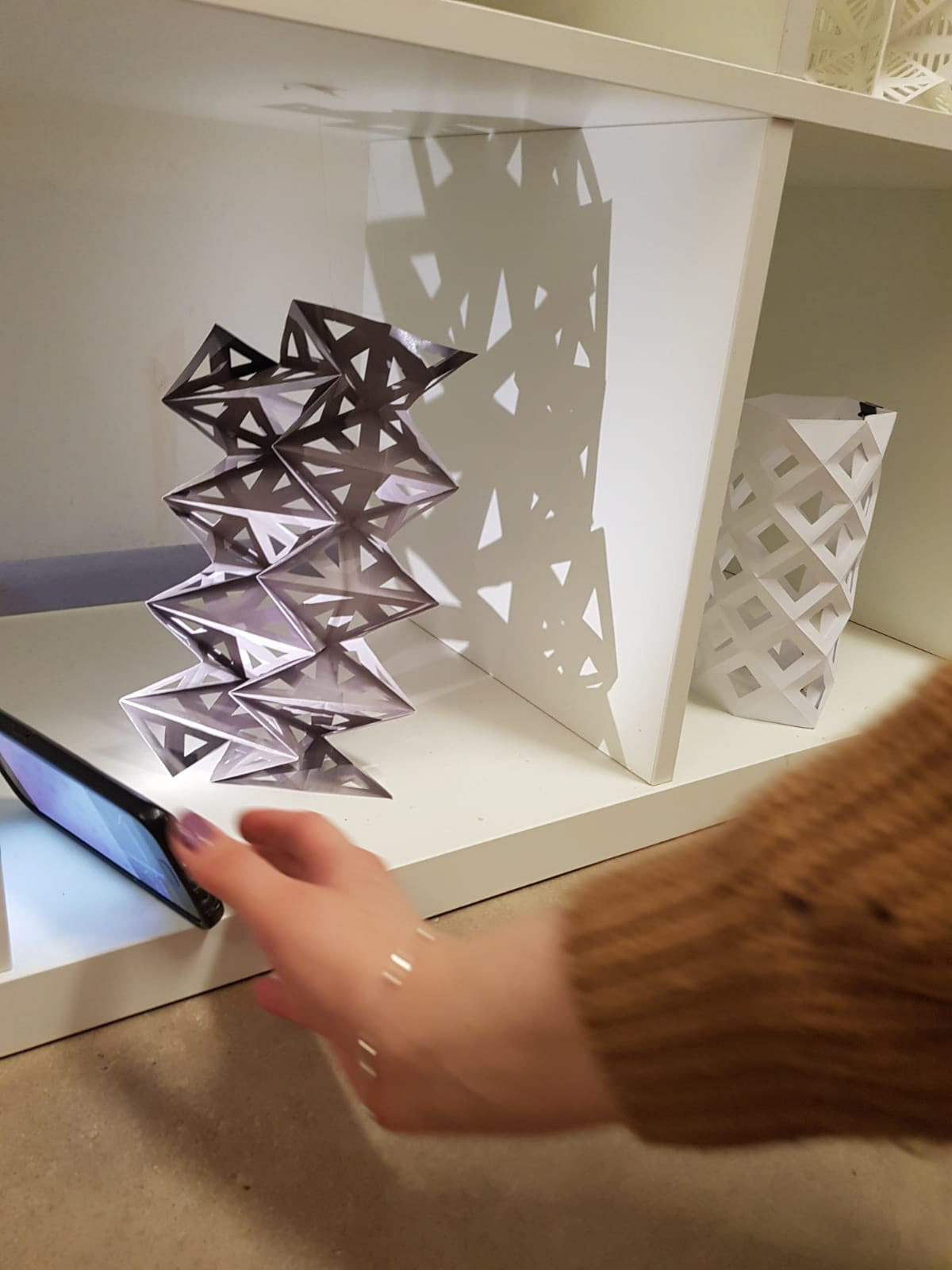
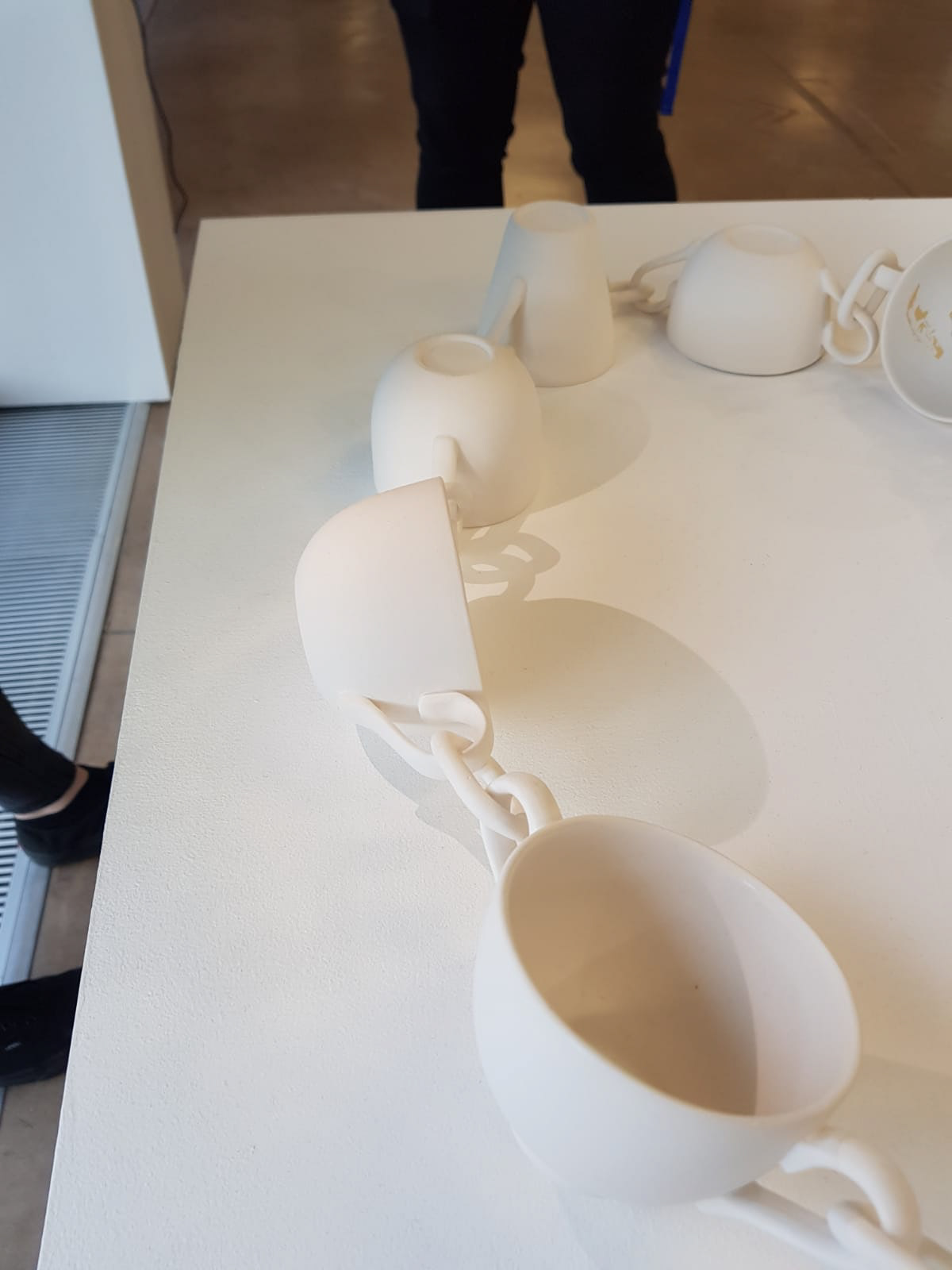
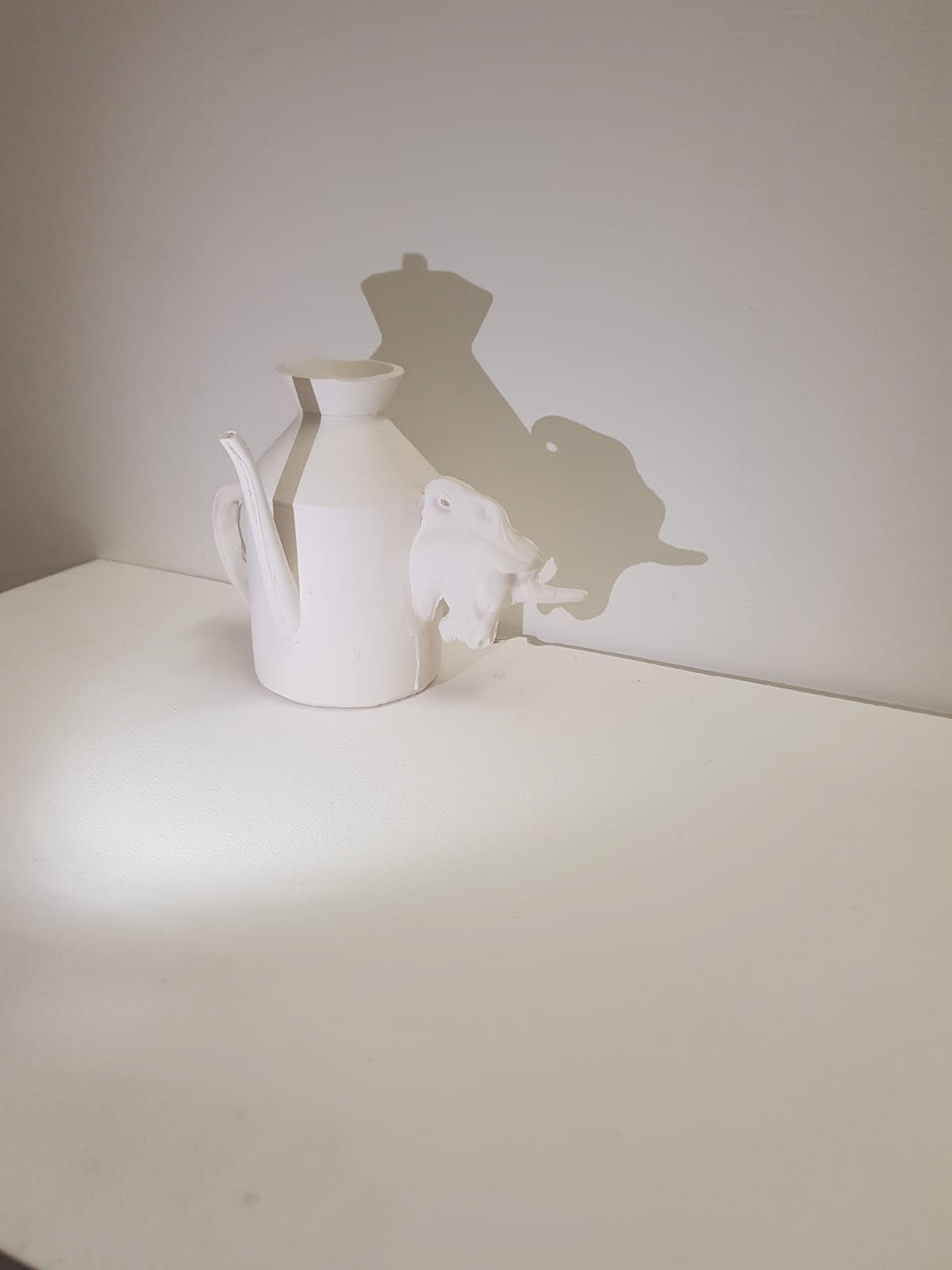
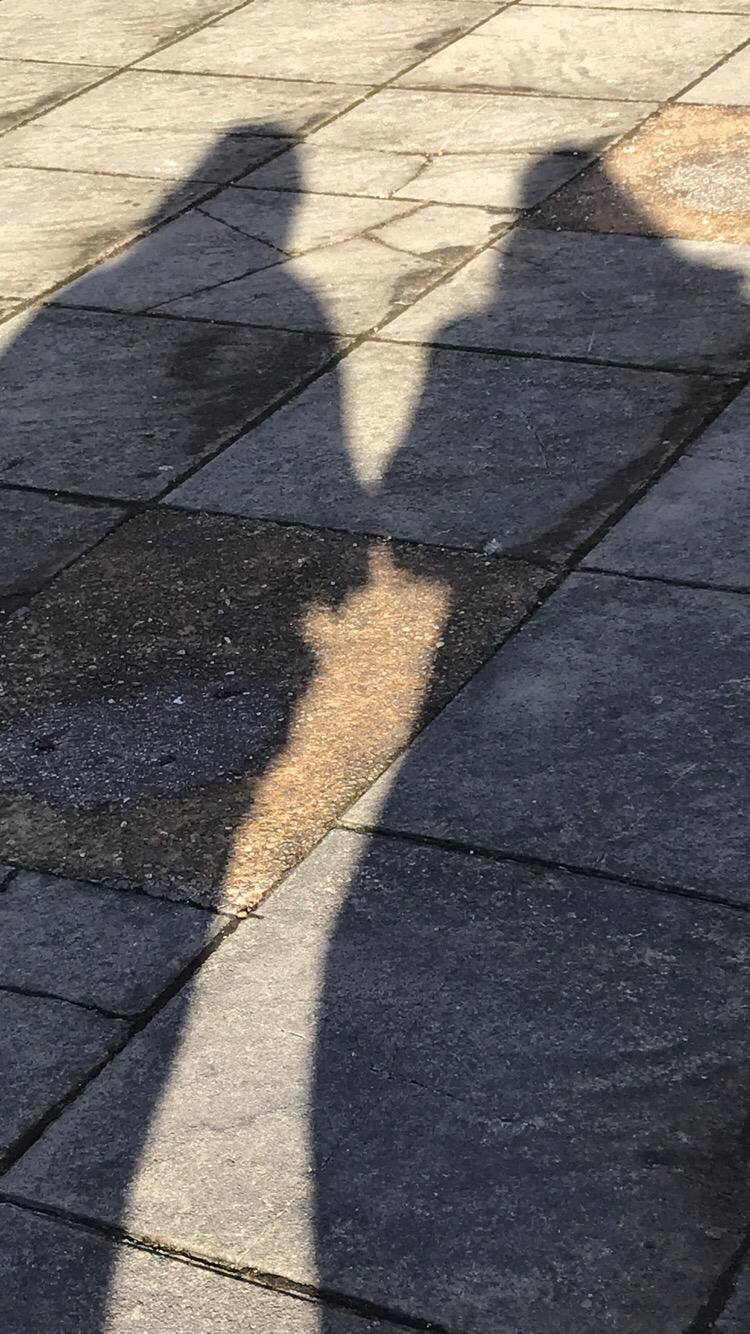
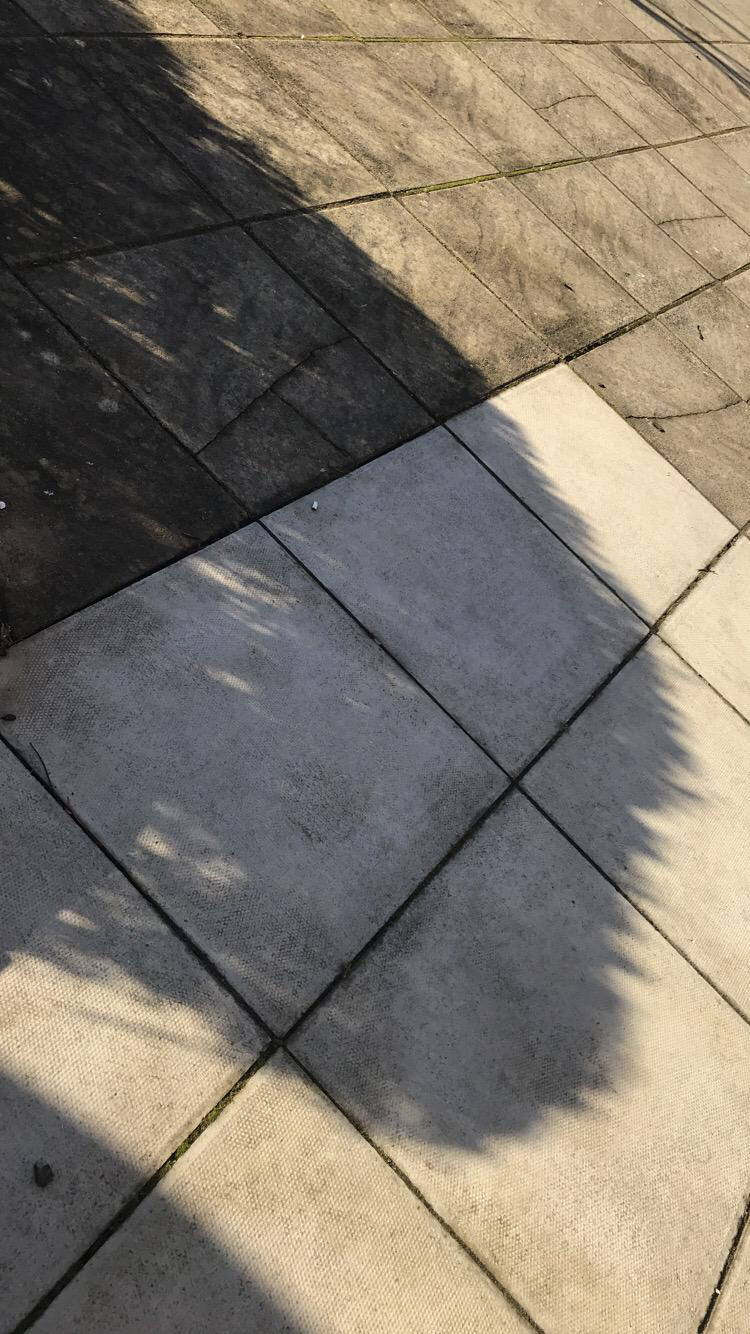
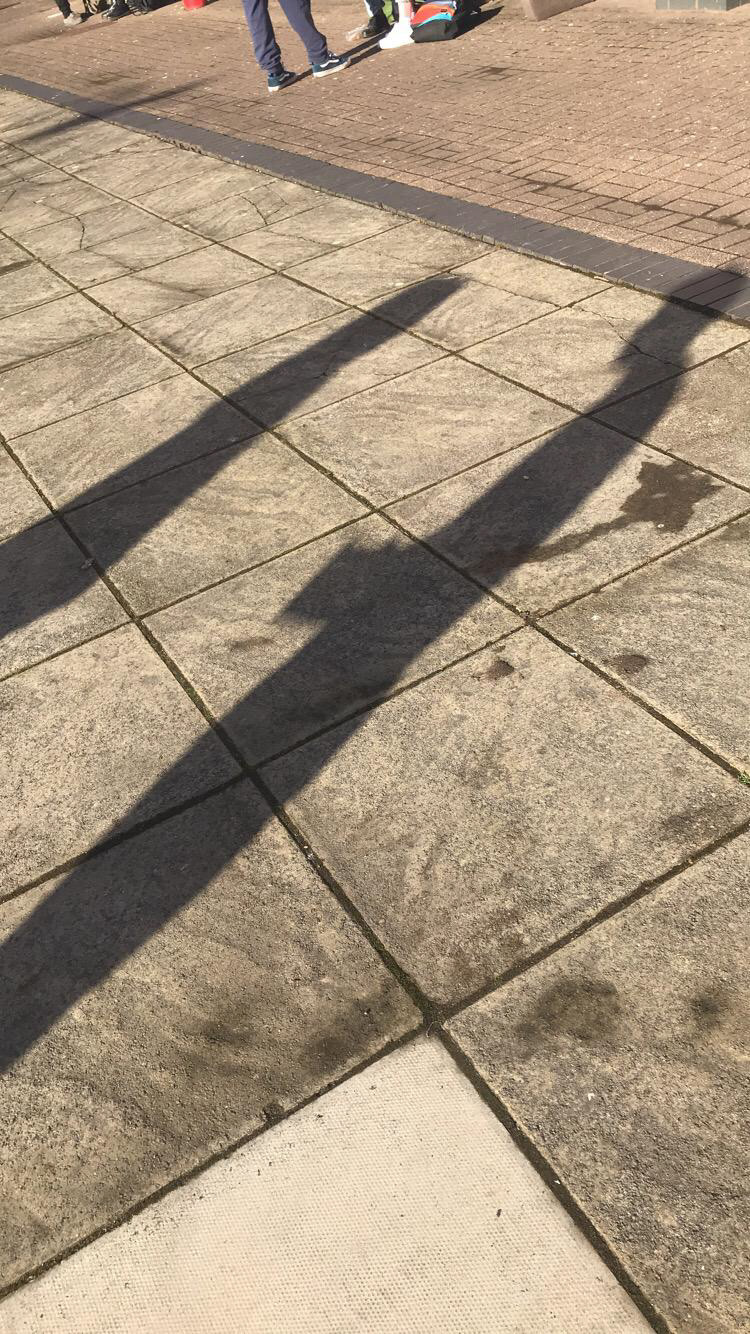

From these we developed drawings and 3D card models, this allowed us to see how we could arrange all our individual pieces. In the end the card would only help to translate the designs slightly. For those of us who didn’t work with ceramics it was difficult to translate the designs from the start, let alone get them to stand properly.
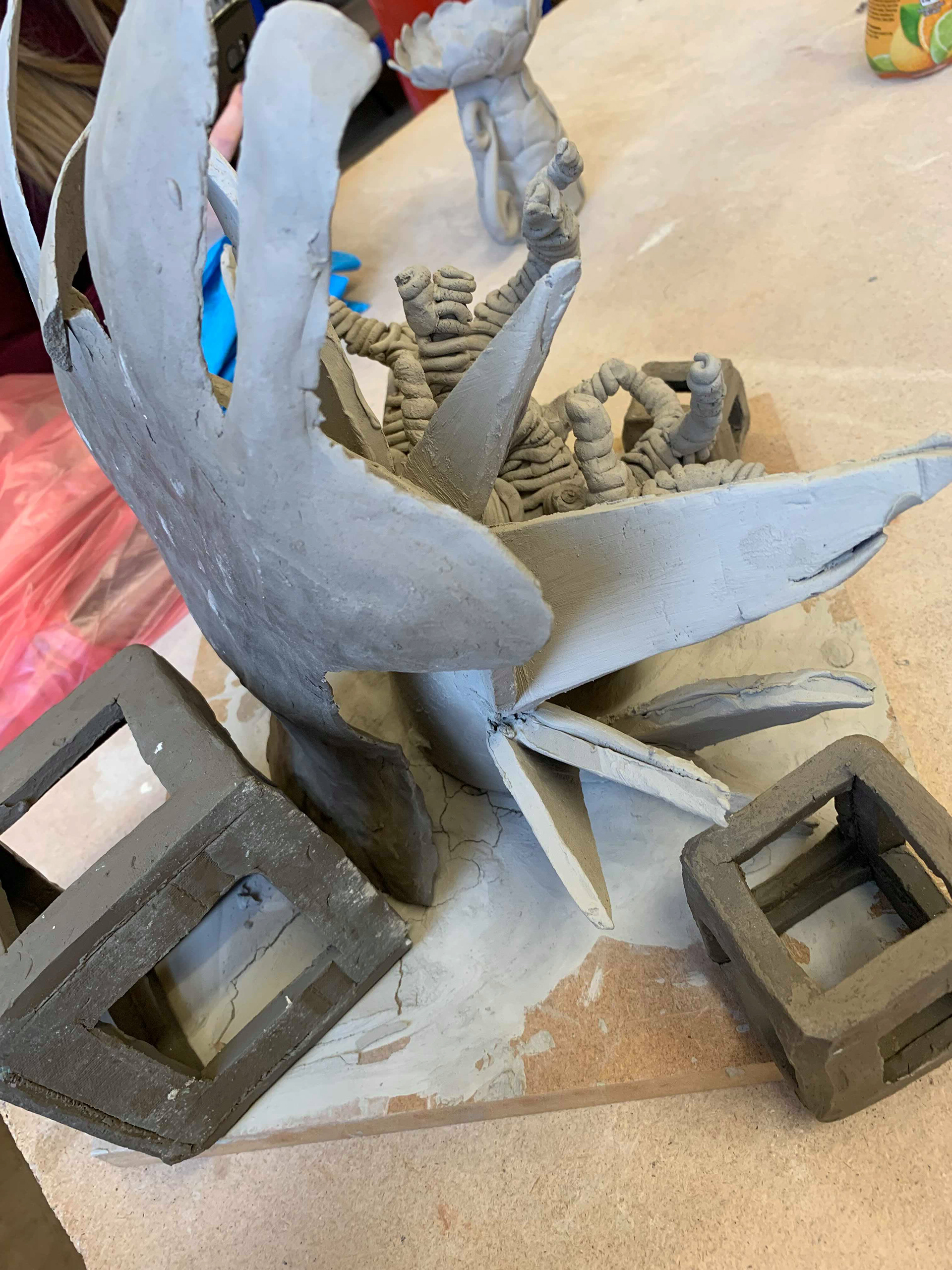
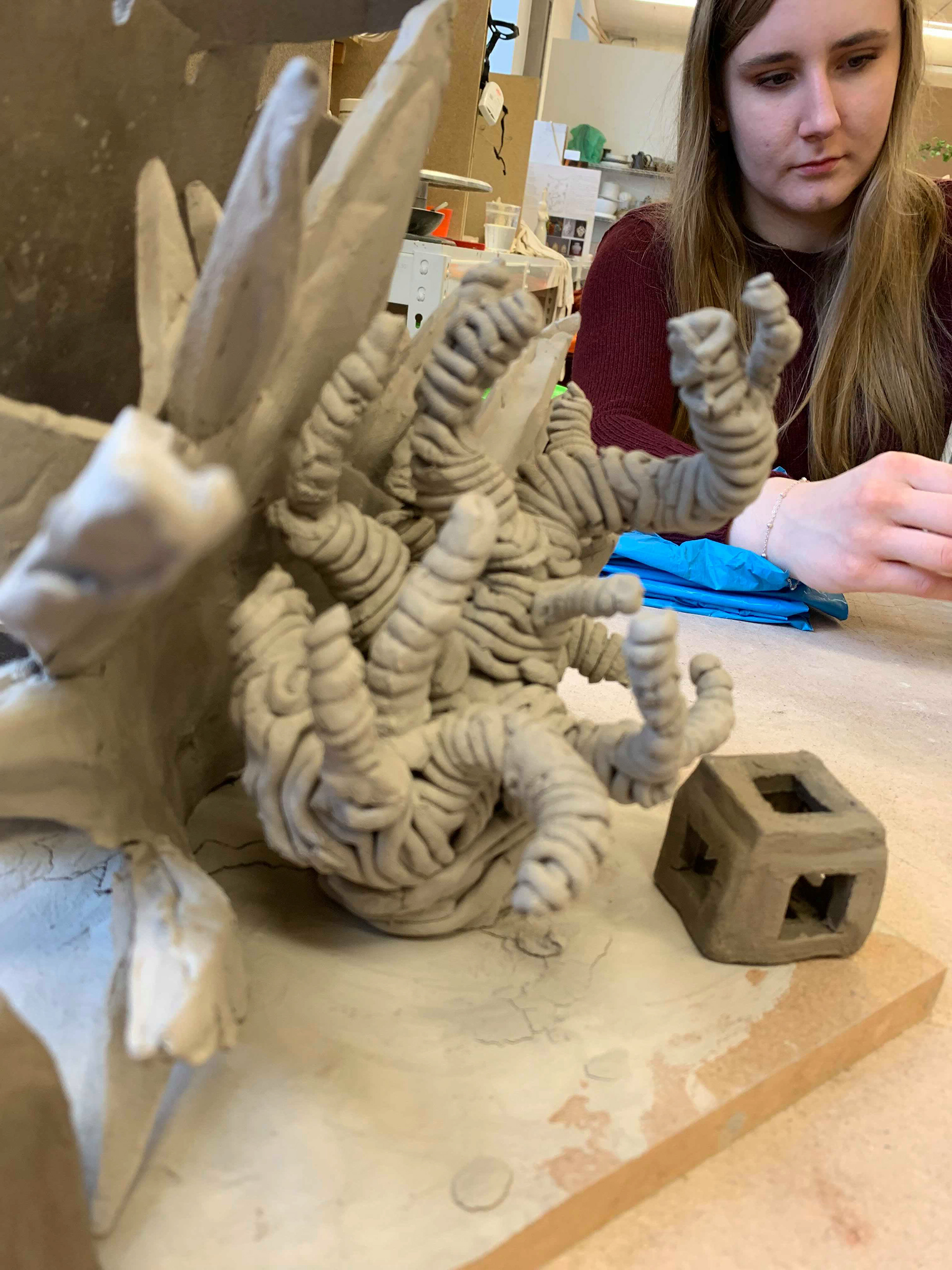
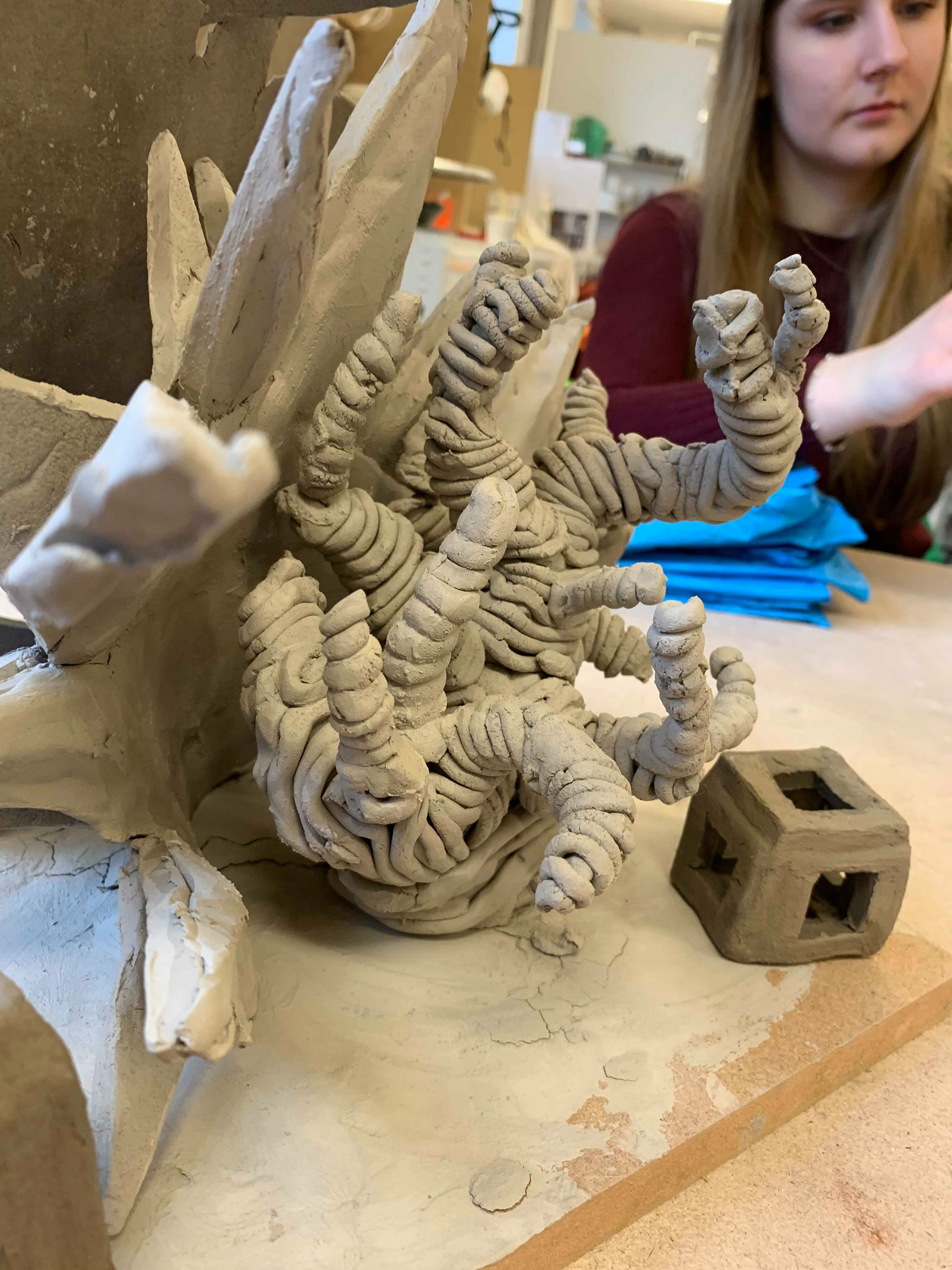
Rotation 3: Maker
The third and final rotation was for maker. The task was to create a pinhole camera and add elements of augmented reality into the design or postcards that we made from the pinhole cameras. I was really looking forward to this task as I have a big interest into photography and have always wanted to try and make a pin hole camera.
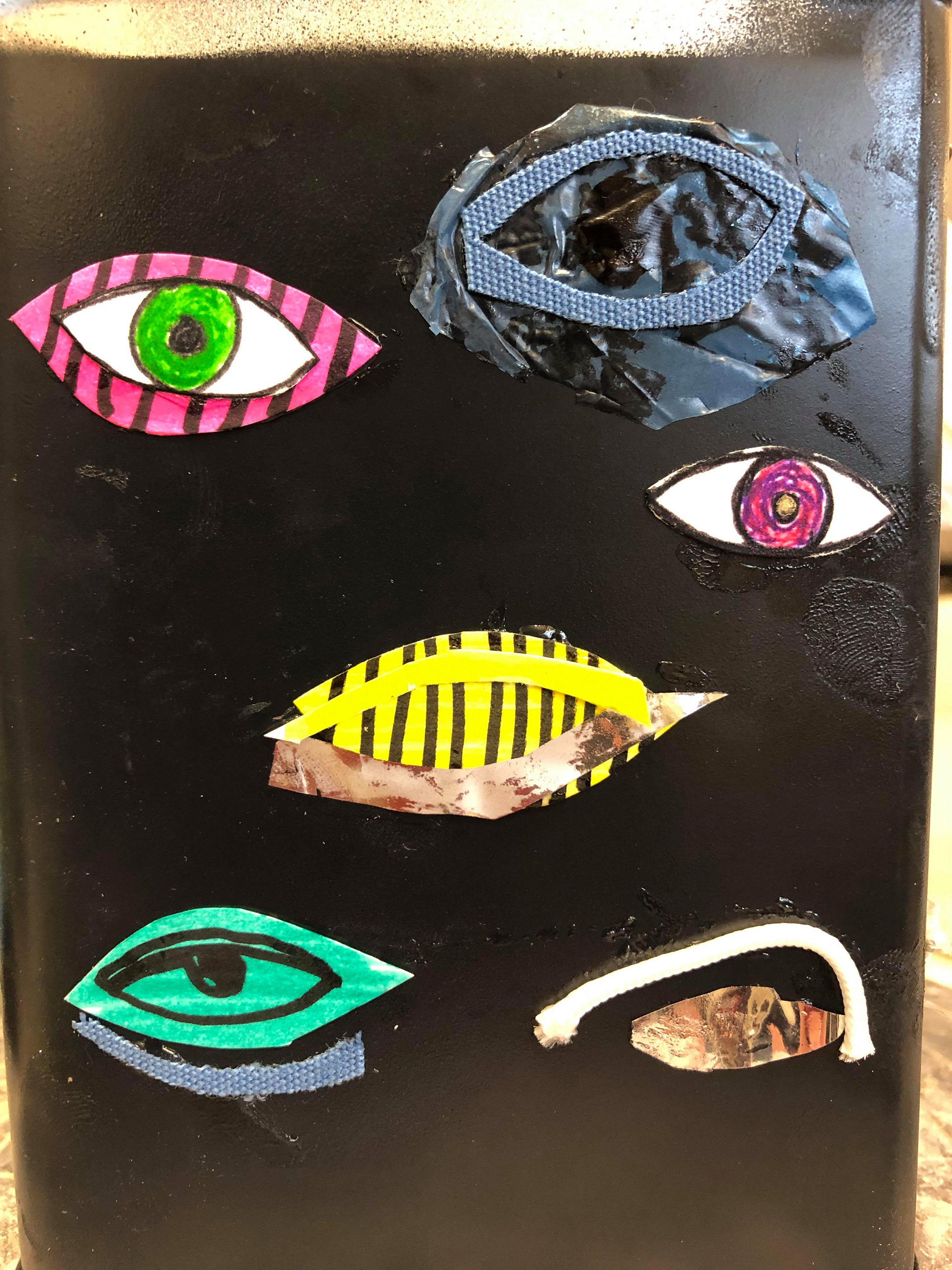

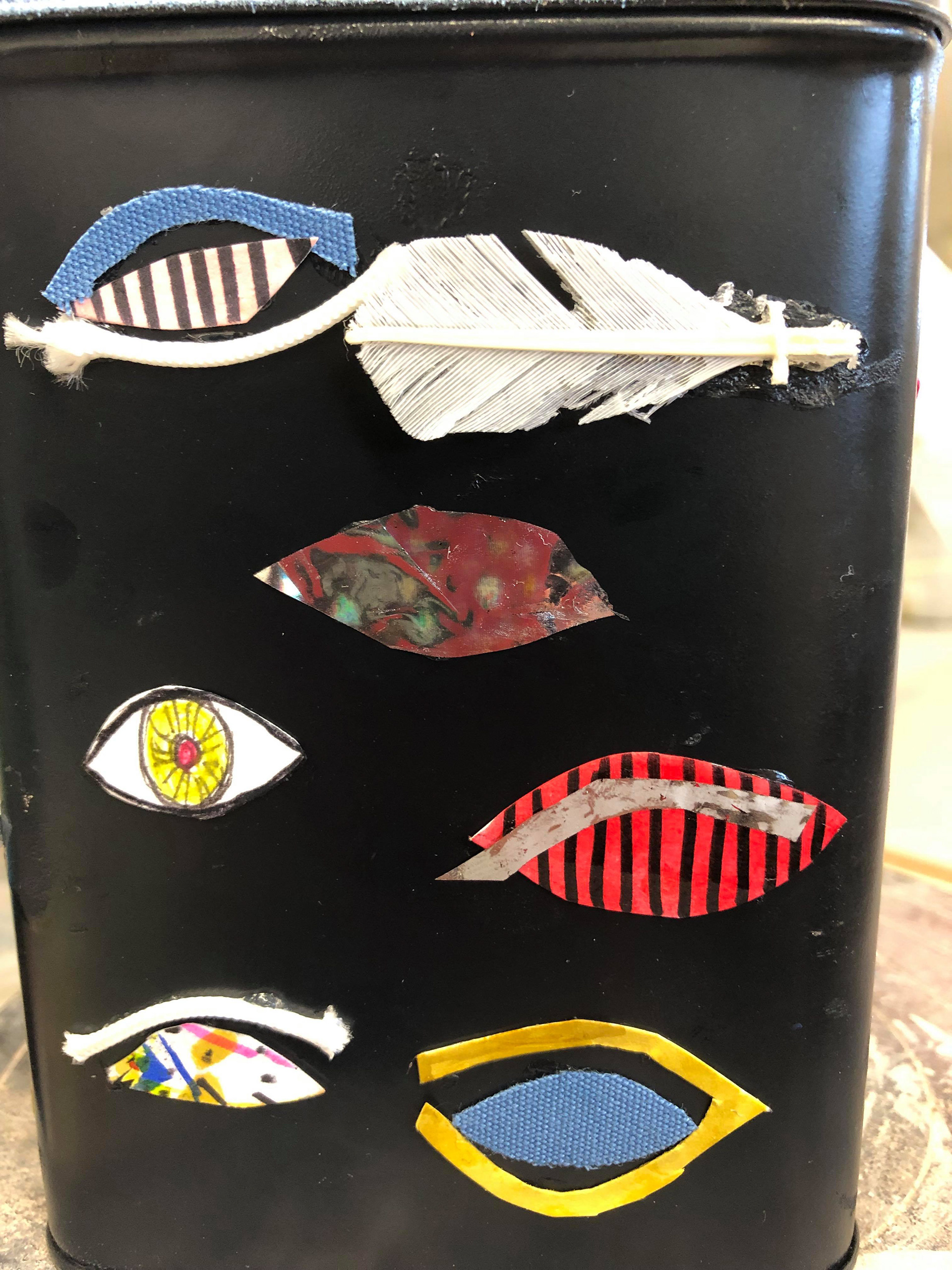
A lot of the images that we created were focused around things that we were used to seeing every day. Therefore we went with the design of the camera.
When it came to add the augmented reality element, I struggled. Finding the right composition for the “image” was not something that I could master. However, a few in our group did manage to make their own.
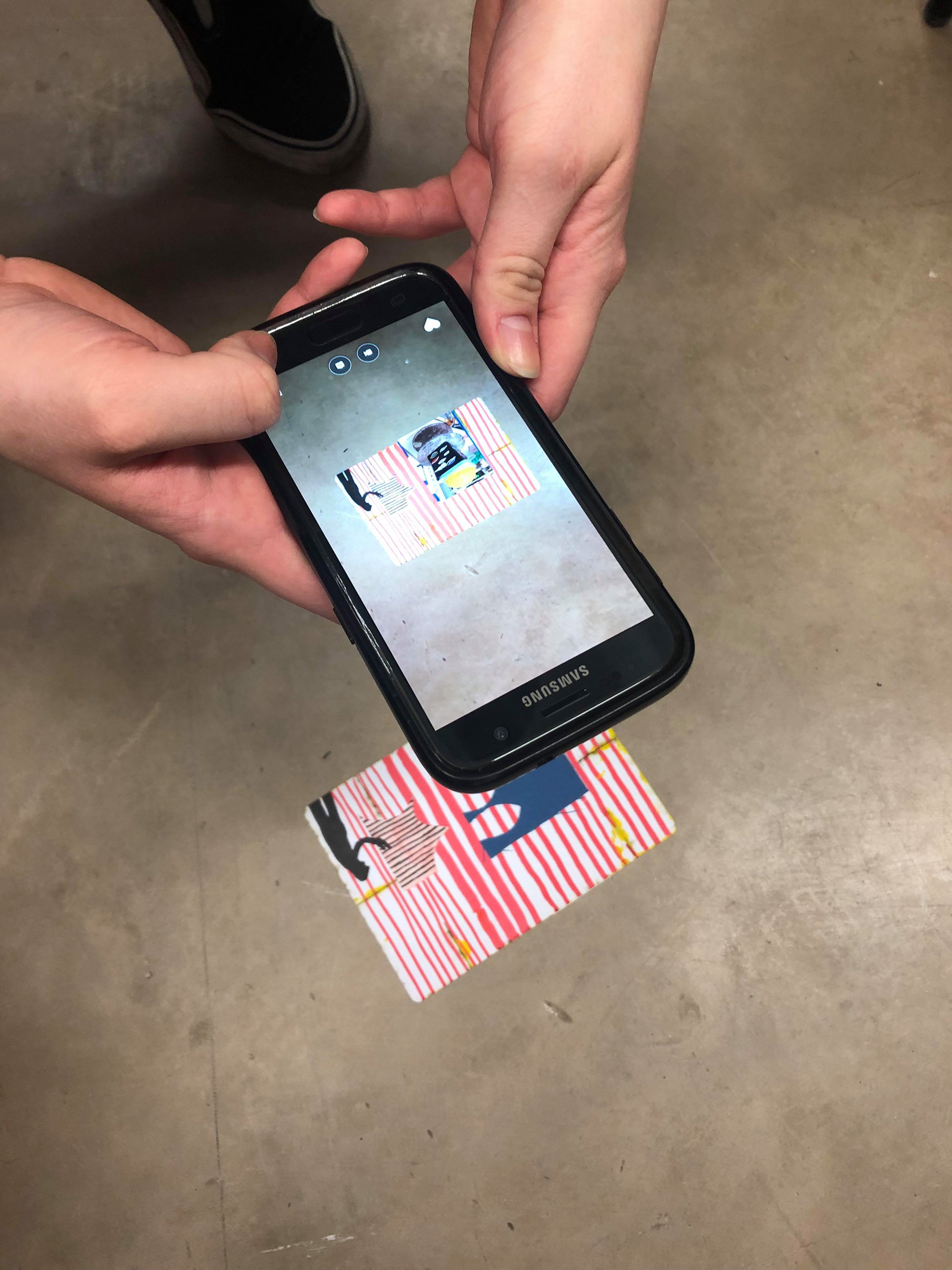
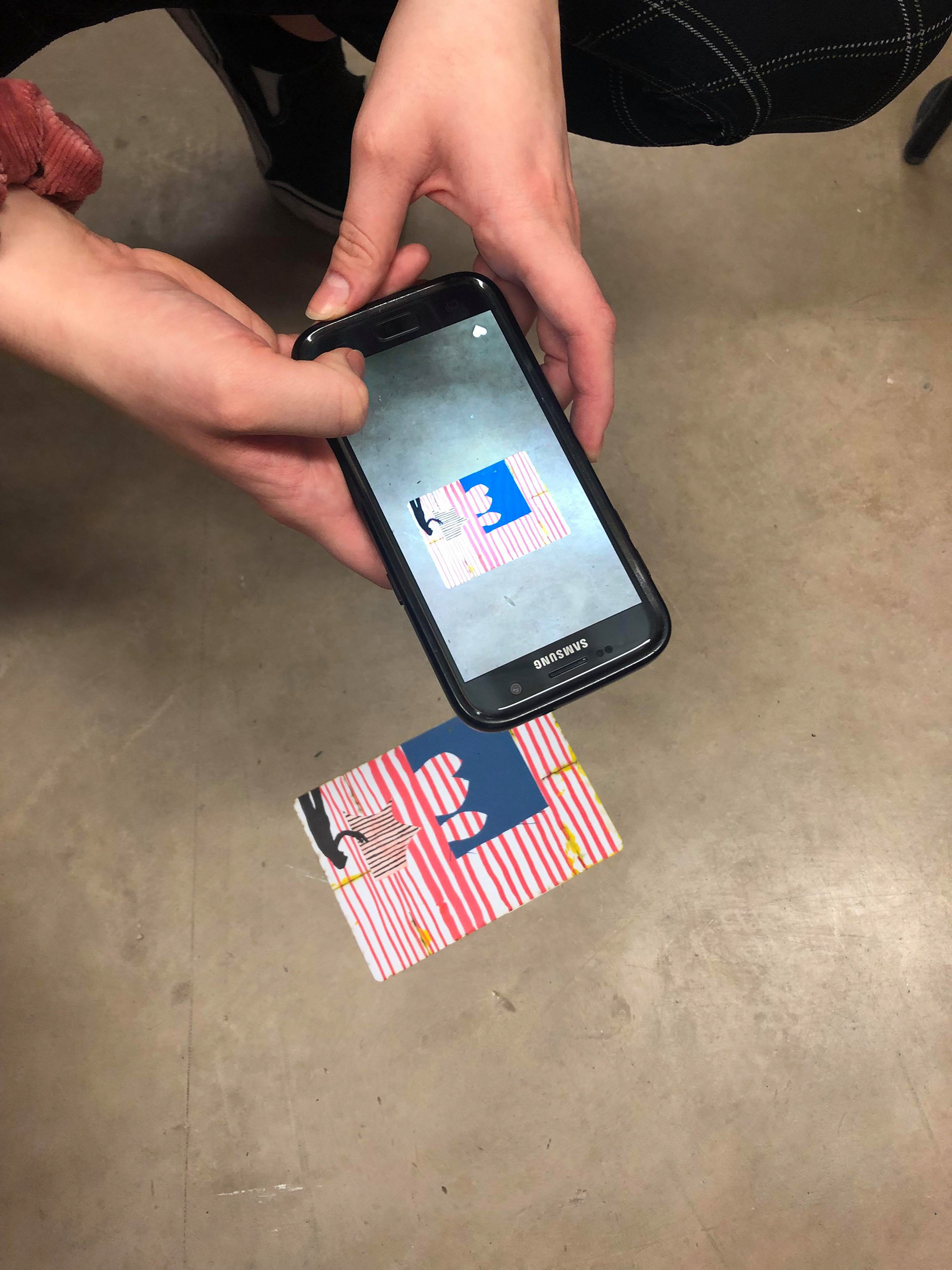
Each of the post cards that were made were inspired by the images that we took. When they were put together, I found them quite effective. However, I didn’t quite understand the need to have them assemble, I feel that they would've just been effective as a collection of images.
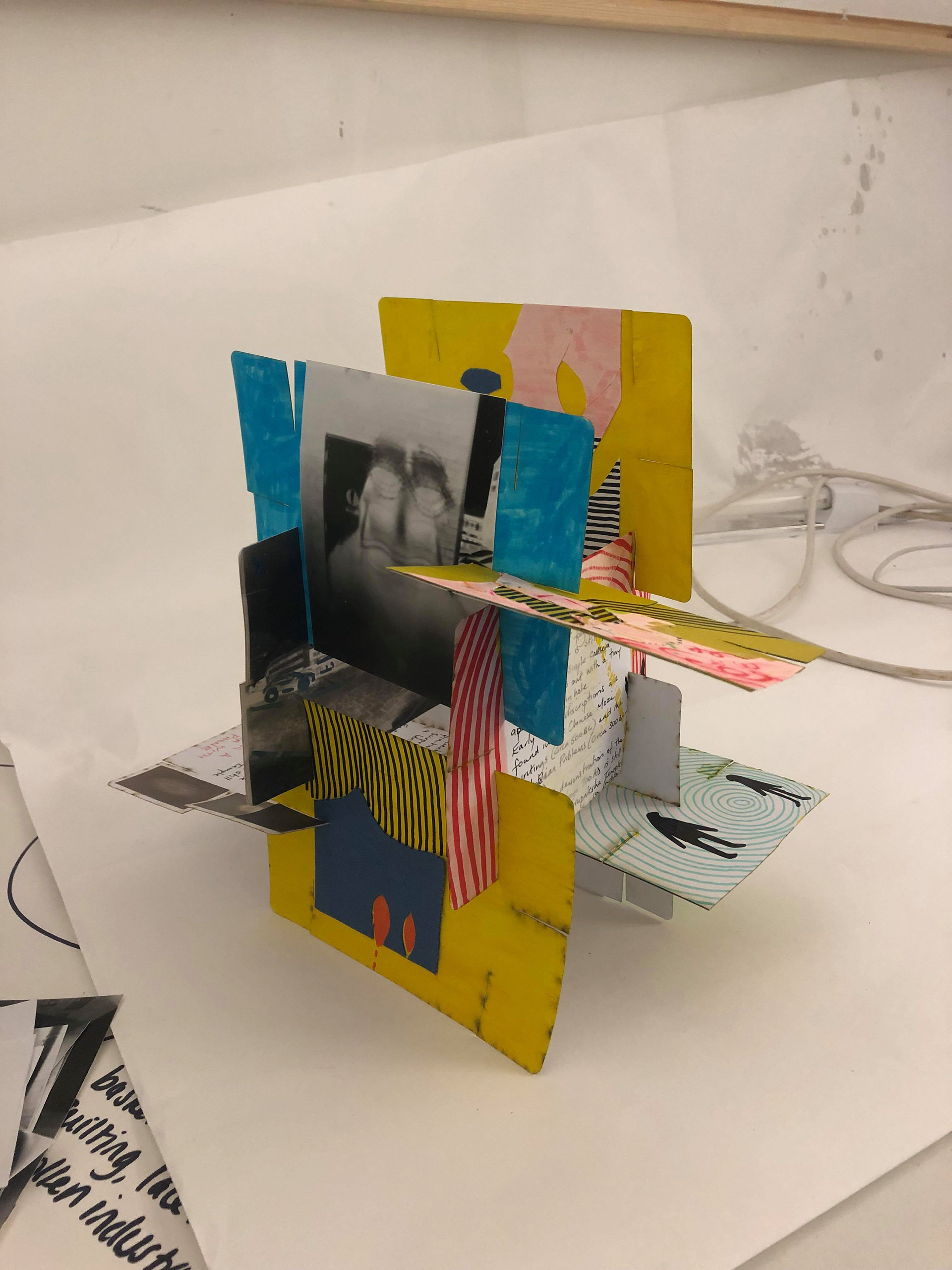

Overall, I found this a very interesting and eye-opening module. It made me understand the challenges of working with other people; especially when you do not know them, their discipline, and how they like to work. Some people like to work, much more independently and then come together as a group to see what each other have done, whereas others expect every decision to be made together. It is very difficult to find a happy medium but is something to work on in future projects.